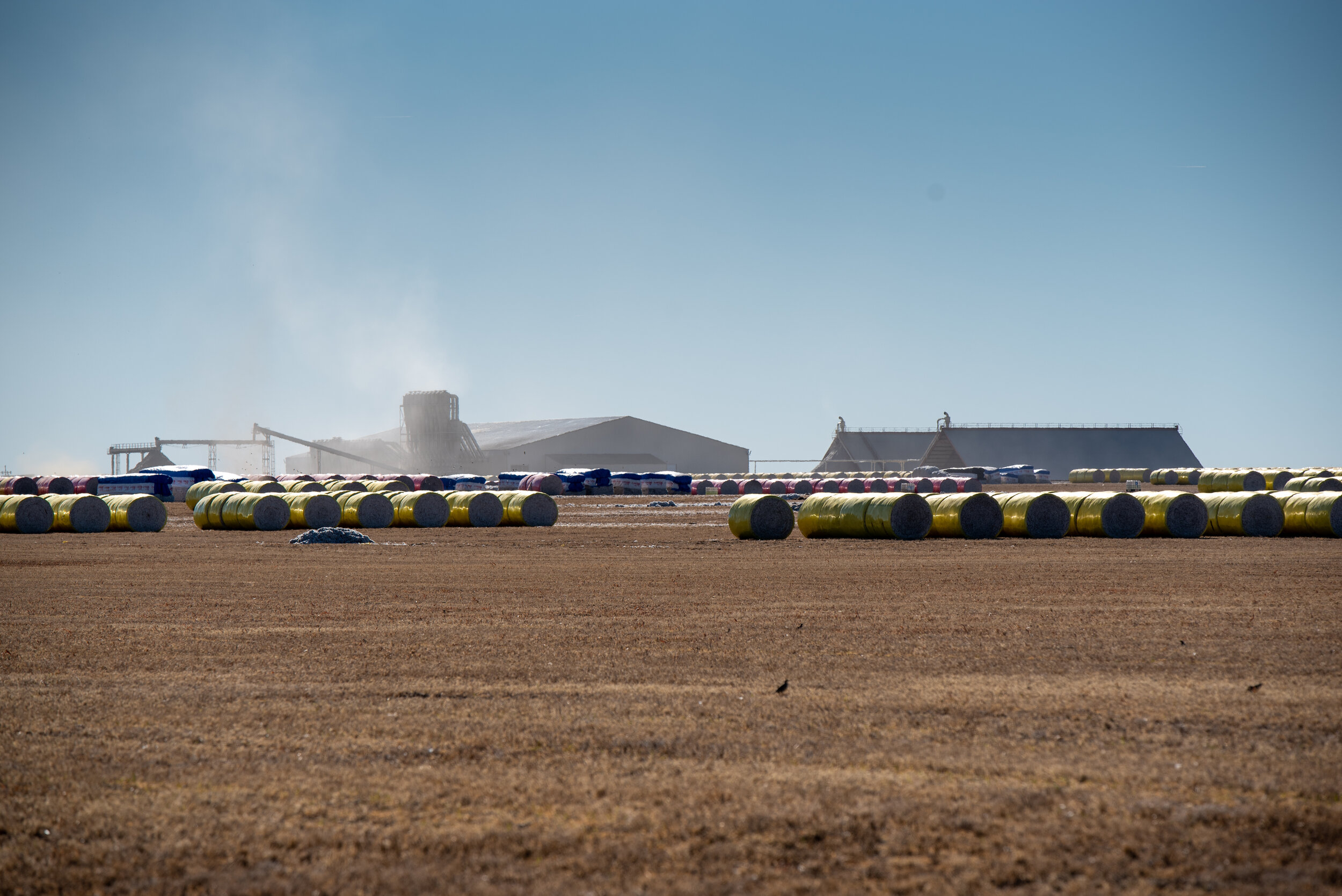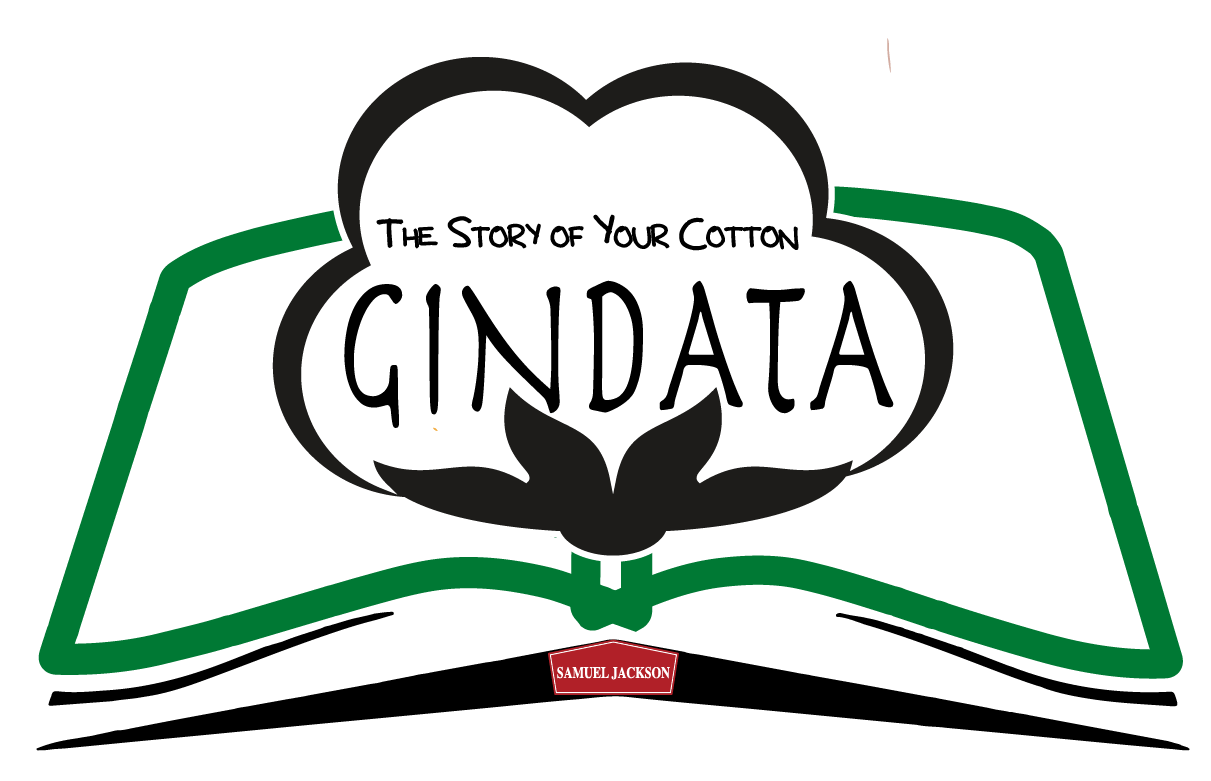
The Story of Your Cotton.
As cotton moves from the field through the gin to the warehouse, it is given a classifying grade. Discover the story behind that grade through helpful graphs for big picture perspective or for the smaller details. Gain helpful insights into why and how cotton conditions influence value for the producer, increase ginning efficiency, and predict how particular bales will perform when spinning.
GinData uses advanced gin processing technology to tell the story for each bale at participating cotton gins. Find out more using the buttons below.
Drying process explained
Cotton enters a cotton ginning facility at a module feeder in various conditions of moisture and trash content. This can be compared to a white cotton towel that can become wet and sandy on a trip to the beach. If the wet towel is left to dry in the sun, it is easy to shake out the sand and dirt, leaving the towel clean. In a gin, we only have a few seconds to accomplish this drying process. In a typical gin, we may be drying the fiber equivalent of 11 towels per second, or 40,000 towels per hour!
Drying temperature is adjusted automatically in response to moisture content to keep the drying process timely and to avoid chokes in the process flow from wet fiber. This saves fuel for the gin and helps use lower temperatures on the fiber when possible. Lower drying temperatures help preserve cotton fiber’s natural strength, length, and uniformity. This, in turn, gives a higher fiber value for the grower, more efficient processing for the cotton gin, and stronger fiber for the spinning mill.
With GinData, incoming moisture content can be graphed and compared to drying temperature and to the cotton grade.
Moisture restoration explained
Following the ginning and lint cleaning processes, cotton fiber goes to a large press where it is packaged into a bale for sale and shipment. The correct moisture for drying and cleaning the fiber is below the natural moisture content of the fiber. This means that if the cotton is packaged without restoring it to its naturally higher moisture state, the cotton grower loses bale value through yield loss. In addition, the cotton gin will have difficulty pressing the bale to required dimensions when the fiber is too dry. This wastes valuable processing time and is hard on the press and gin crew. It is important to restore the right amount of moisture to the fiber just before baling for fairness to the farmer and efficiency to the gin.
With GinData, bale moisture content can be graphed and compared to incoming cotton moisture and moisture content after the drying process.
